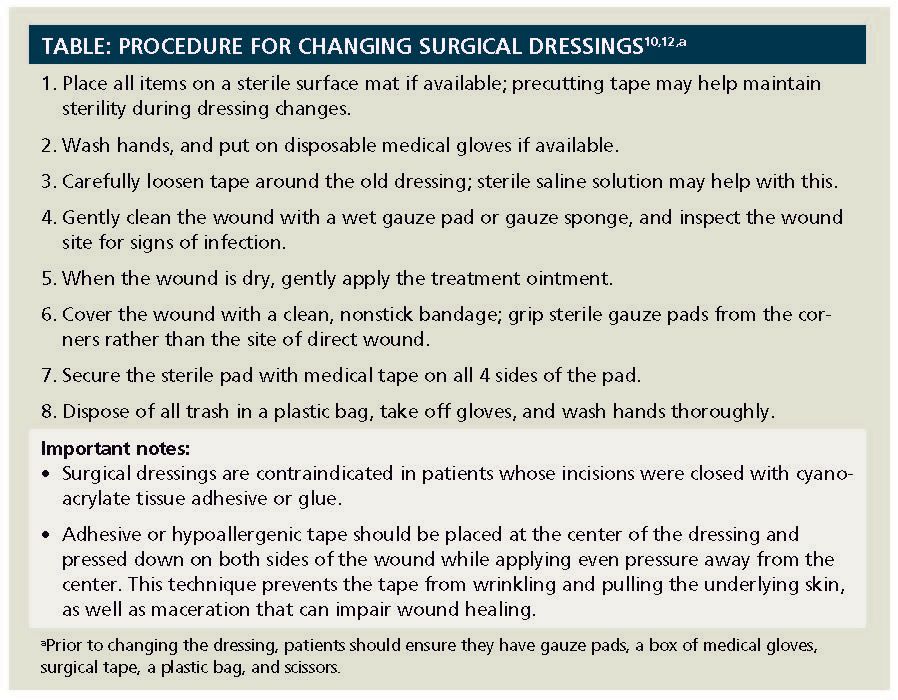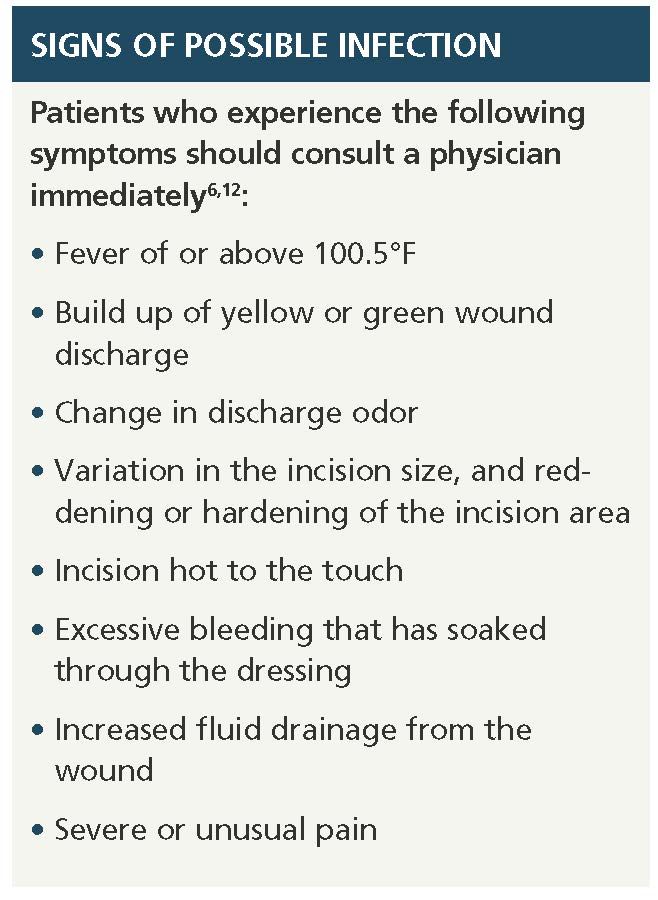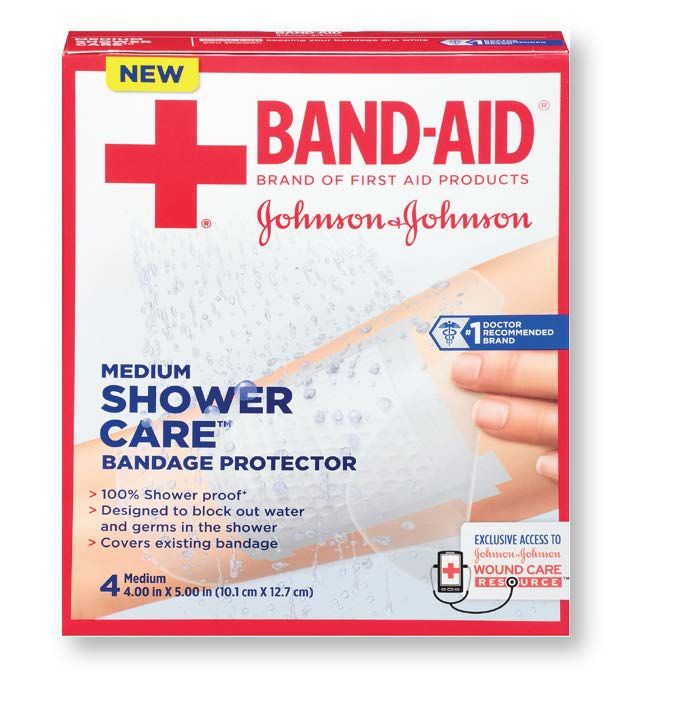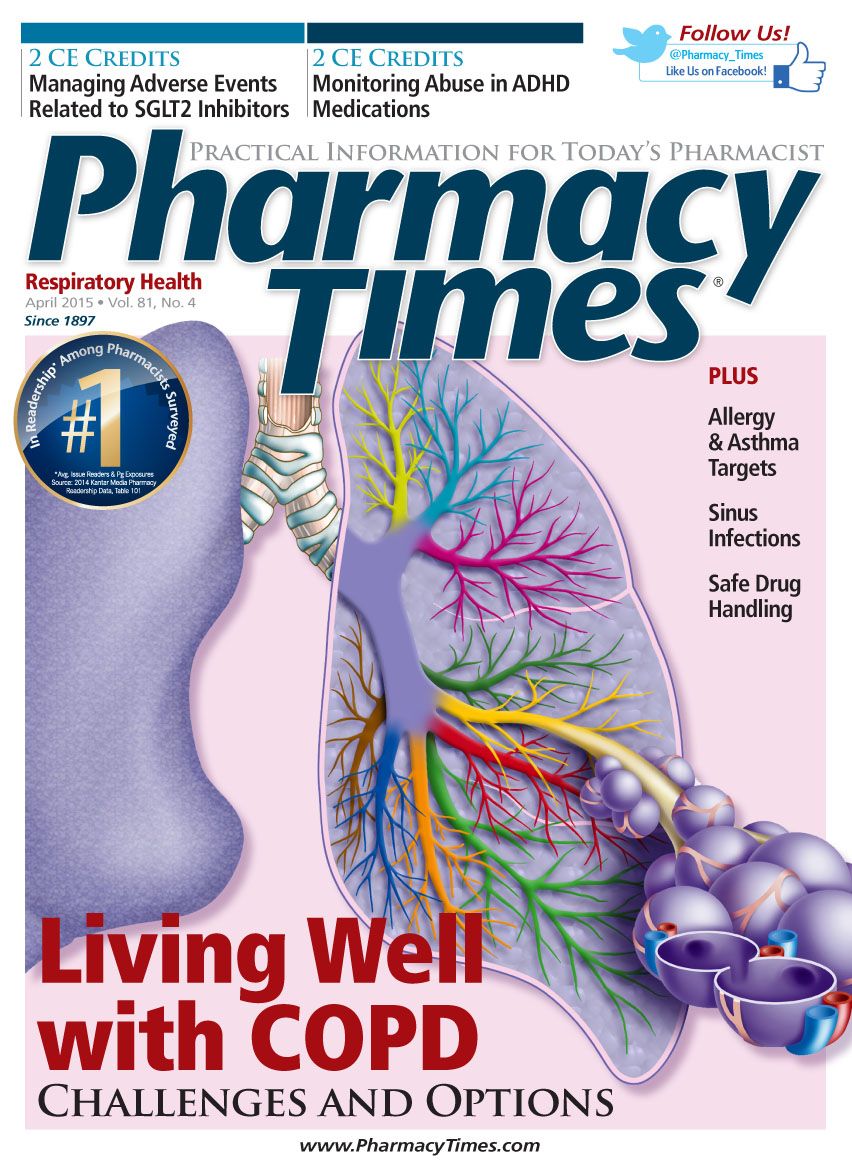Publication
Article
Pharmacy Times
Preventing Surgical Site Infections Through Appropriate Postsurgical Care
This article was sponsored by Johnson & Johnson’s BAND-AID® Brand of First Aid Products.
Surgical Site Infections: A Preventable Burden
Each year, more than 50 million surgical procedures are performed in the United States.1 Despite efforts made by US health care facilities to help reduce the incidence of preventable health care-associated infections (HAIs), these infections remain a serious public health problem.2 In a recent prevalence study that surveyed 851 acute care hospital patients, surgical site infections (SSIs) accounted for about 31% of all HAIs.2,3
Hospital readmissions are a great concern for hospitals and clinicians. A prospective study from the American College of Surgeons National Surgical Quality Improvement Program found that SSIs were the most common cause of hospital readmissions 30 days after surgery; in fact, nearly all readmissions were attributed to post discharge complications. Overall, SSIs accounted for 20% of postsurgical readmissions. Because most infections occur after discharge, effective patient education is considered a factor in reducing readmissions.4 Guidelines advise patients to keep their wound clean and covered with a bandage and to change the bandage at least once or twice a day.5
Pharmacists Can Help Optimize Outpatient Wound Care
Pharmacists can encourage improvement in wound care for patients who have recently undergone surgery by helping them select the appropriate postsurgical wound care products and by educating them on proper wound care. By doing so, they can help prevent SSIs, the most common postsurgical complication.3
Selecting an Appropriate Postsurgical Dressing
Dressings generally consist of gauze pads held in place at the wound site with adhesive medical tape or a rolled elastic bandage.6 The ideal postsurgical dressing should have antibacterial properties; be simple to use, comfortable, highly absorptive, protective, and nonadherent; and provide a moist environment.7-10 Because every wound is unique, selecting the right dressing should be based on its desirable properties (eg, absorptive, antibacterial) and suitability for the particular wound.7,8
Promoting a Healing Environment
After an incision is closed, and to prevent infection, it is covered with a dressing to keep it dry and clean. Antibiotic cream or ointment is applied to the gauze pad to maintain an occlusive and clean wound environment.5,6 Acute wounds, protected by occlusive dressings that maintain balanced moisture, heal 40% to 50% faster than wounds exposed to air. Covering a wound also protects it from trauma and contamination.11

The Table10,12 outlines the appropriate steps and supplies for changing surgical dressings.10,12 Woven and nonwoven gauze dressings are highly permeable to air and may leave behind lint and fibers that can harbor bacteria. When removed, the dressing can stick to and damage newly formed granulation tissue, causing pain. Nonstick dressings help prevent the pain and tissue damage associated with changing a dressing, as well as dressing fibers from entering the wound.7,13 Several popular, modern dressings are semipermeable and prevent entry of bacteria and liquid water.13 Patients sensitive to adhesive tapes and bandages should secure the dressing with hypoallergenic or adhesive-free paper tape, as many are porous to allow ventilation. They can also use adhesive-free dressings or sterile gauze.5,6,10 Bandages should be changed at least once or twice a day, or whenever wet or dirty.13

Some incisions should be kept dry for several days after surgery with the use of a waterproof bandage or, for maximum protection, a bandage protector to block out both moisture and germs in the shower, such as the Shower Care Bandage Protector from the BAND-AID® Brand of First Aid Products.6,9,14 This clear protector completely covers the primary bandage and is 100% showerproof based on laboratory tests.14 Patients must be advised that exposing their wound to water may delay healing; if the incision gets wet accidentally, it should be promptly and carefully dried. Patients may resume normal showering and bathing once their absorbable stitches dissolve or nonabsorbable sutures/staples/wound-closing strips are removed.6,9 The incision should not be scrubbed or rubbed; covered with cosmetics, powders, or lotions; or exposed to direct sunlight for up to 9 months.6,12

Healing is gradual. In the early stages, patients may experience redness, swelling, itching, minor skin irritation, or oozing of tissue fluid near the incision.6 As it heals, stretching, itching, and even puckering of the wound might occur.15 (See “Signs of Possible Infection” box for symptoms for which patients should consult a physician).6,12 Scars usually appear worst between 2 weeks and 2 months after surgery.13 Ultimately, swelling and irritation subside, and scar tissue softens and blends into the surrounding tissue.6
Role of the Pharmacist
By guiding patients on their healing journey, pharmacists can help optimize healing outcomes. Pharmacists can help improve postsurgical care by advising patients on proper wound care, the healing process, the use of recommended products, and the array of available resources. Johnson & Johnson provides a line of support resources for wound care advice. Patients can call the Nurse Hotline at 1-866-257-7546 and ask questions to a live nurse or download the Wound Care Resource App (free on the App Store and Play Store) to monitor their wound through its healing process.
Johnson & Johnson, the makers of BAND-AID® Brand of First Aid Products— the #1 physician-recommended brand, according to the 2014 ProVoice Survey—actively furnishes education and resources to help improve healing outcomes.14
References
- FastStats: inpatient surgery. Centers for Disease Control and Prevention website. www.cdc.gov/nchs/fastats/inpatient-surgery.htm. Updated May 14, 2014. Accessed March 2, 2015.
- Magill SS, Hellinger W, Cohen J, et al. Prevalence of healthcare-associated infections in acute care hospitals in Jacksonville, Florida. Infect Control Hosp Epidemiol. 2012;33(3):283-291. doi:10.1086/664048.
- Surgical site infection (SSI) event. Centers for Disease Control and Prevention website. www.cdc.gov/nhsn/PDFs/pscManual/9pscSSIcurrent.pdf. Published January 2015. Accessed February 2015.
- Merkow RP, Ju MH, Chung JW, et al. Underlying reasons associated with hospital readmission following surgery in the United States. JAMA. 2015;313(5):483-495. doi: 10.1001/jama.2014.18614.
- Cuts and scrapes: first aid. Mayo Clinic website.www.mayoclinic.org/first-aid/first-aid-cuts/basics/art-20056711. Published November 18, 2014. Accessed March 2, 2015.
- Frey R. Incision care. In: Senagore AJ. Gale Encyclopedia of Surgery and Medical Tests: A Guide for Patients and Caregivers. 2nd ed. Farmington Hills, MI: Thomson Learning; 2004:743-746.
- Hsu A, Mustoe TA. The principles of wound healing. In: Weinzweig J. Plastic Surgery Secrets Plus. 2nd ed. New York, NY: Elsevier; 2010:3-7.
- Thomas S. The role of dressings in the treatment of moisture-related skin damage. World Wide Wounds website. www.worldwidewounds.com/2008/march/Thomas/Maceration-and-the-role-ofdressings.html. Published March 2008. Accessed February 2015.
- Fenn K, Sibanda E. Caring for surgical wounds at home: information for patients. Oxford University Hospitals website. www.ouh.nhs.uk/patient-guide/leaflets/files%5C110307wounds.pdf. Published February 2014. Accessed February 2015.
- Tea C. Postoperative nursing management. In: Smeltzer SC, Bare BG, Hinkle, JL, Cheever, KH. Brunner & Suddarth’s Textbook of Medical Surgical Nursing. 12th ed. Philadelphia, PA: Wolters Kluwer: Lippincott Williams and Wilkins; 2009:436-459.
- David CV. A basic approach to wound care. Cutis. 2013;92(1):E6-E8.
- Murr MM. Incision care after surgery. Healthwise website. www.healthwise.net/kpisgp/Print/PrintTableOfContents.aspx?localization=enus&docid=tc4128spec. Published November 5, 2013. Accessed February 2015.
- Broughton G, Rohrich RJ. Selected readings in plastic surgery: wounds and scars: volume 10, number 7 part 1. Tulane University website. https://tulane.edu/som/departments/surgery/medical-education/me.dical-students/upload/wound-healing-reading-chapters.pdf. Published 2005. Accessed February 2015.
- Data on file. Johnson & Johnson Consumer Products Company.
- How wounds heal. Johns Hopkins Medicine website. www.hopkinsmedicine.org/healthlibrary/conditions/surgical_care/how_wounds_heal_134,143/. Accessed February 2015.








